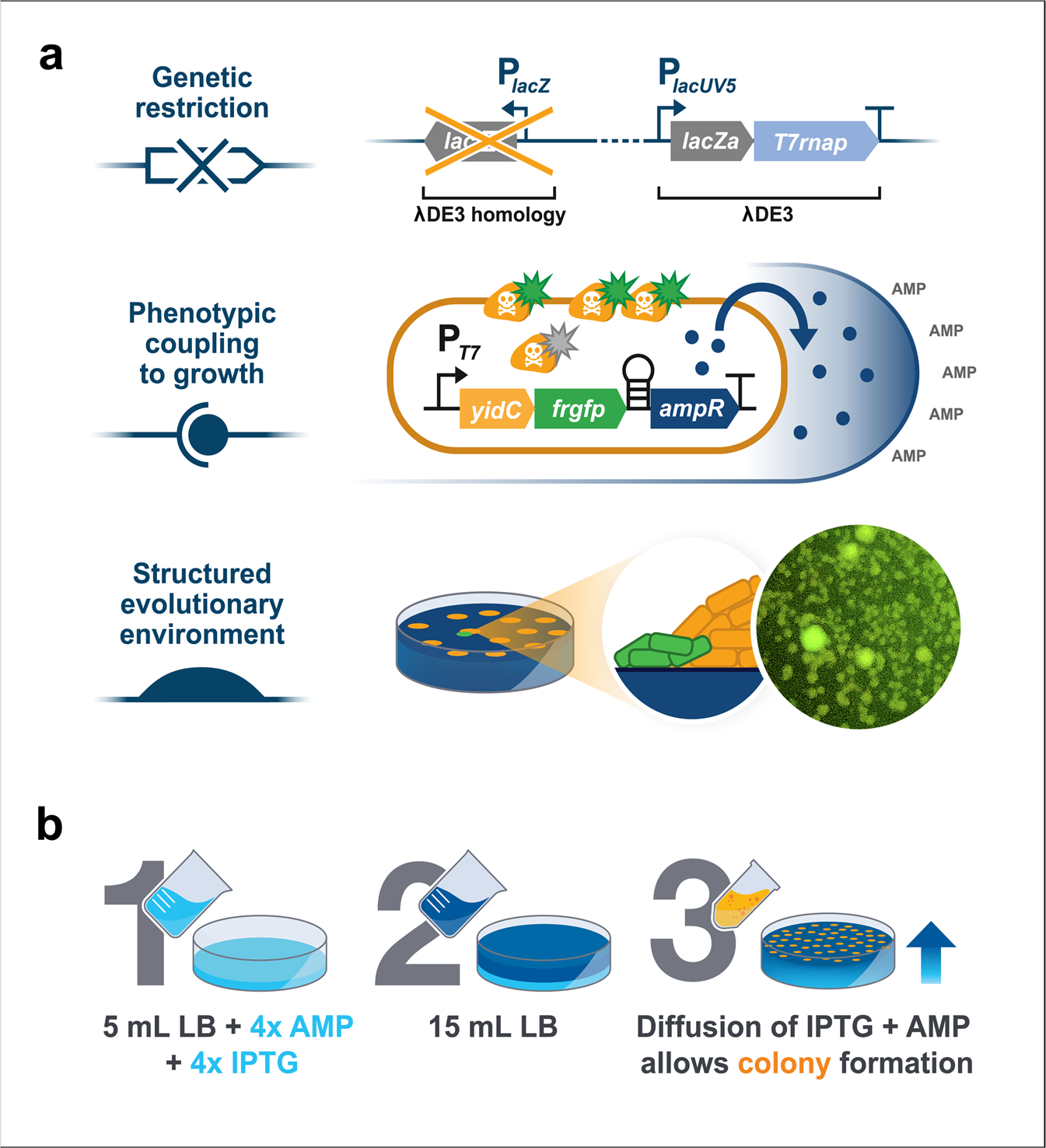AhpD (Alkyl hydroperoxide reductase subunit D) is a redox-active protein that helps regenerate AhpC, a peroxidase enzyme that detoxifies organic peroxides. Unlike AhpF (another known electron donor to AhpC in many bacteria), AhpD is smaller and lacks flavin groups. It uses conserved cysteine residues to transfer electrons, allowing AhpC to keep working after it reduces harmful peroxides.
In A. dehalogenans, a metal-reducing anaerobe, AhpD helps the cell survive low-oxygen but oxidative environments such as subsurface sediments, where redox cycling of metals can create oxidative bursts.


.jpeg)
